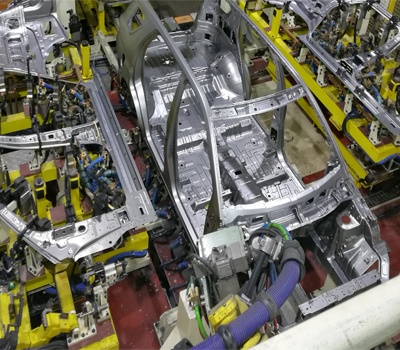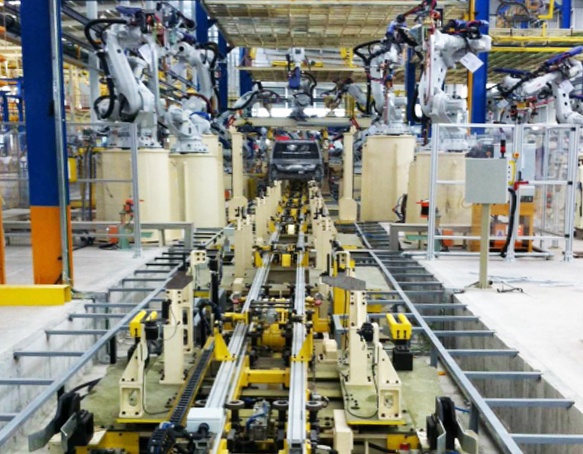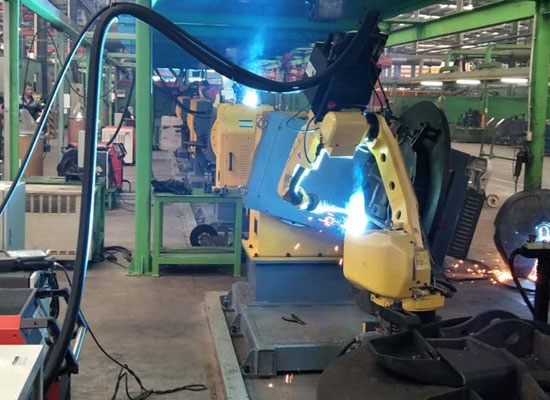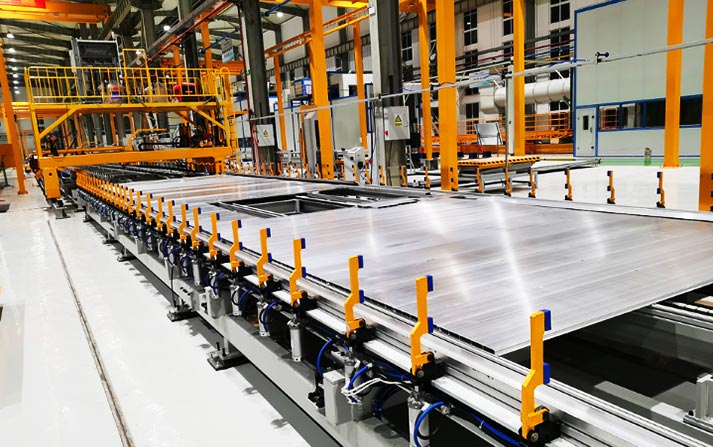+86 15633683072
With the rapid development of the new energy automobile industry, the application of automated welding systems in automobile manufacturing is becoming more and more extensive. In this process, robots for cars, that is, automated welding robots used in automobile manufacturing, as an important part of modern automobile production lines, are completely changing the traditional automobile manufacturing process. So in the automobile manufacturing process, how can robots for cars be applied to automated welding production?
In the automobile manufacturing process, welding is a key link, involving the connection of multiple components such as the body, chassis, and doors. Traditional manual welding is not only inefficient, but also easily affected by the technical level of the operator, resulting in uneven welding quality. The automated welding robot can efficiently and stably complete complex welding tasks through precise program control and advanced sensing technology.
1. Body welding
The car body is usually composed of hundreds of metal parts, which need to be connected into a whole by welding. Automated welding robots are particularly widely used in body welding. For example, on the automobile production line, the robot can accurately locate and weld each welding point of the car body according to the preset program. Through the cooperation of laser sensors and visual systems, the robot can adjust the welding path in real time to ensure the accuracy and consistency of welding. This high-precision welding not only improves the structural strength of the car body, but also reduces welding deformation, laying a good foundation for subsequent painting and assembly processes.
2. Chassis welding
The chassis is an important load-bearing component of the car, and its welding quality is directly related to the safety and durability of the vehicle. Automated welding robots show strong advantages in chassis welding. The robot can automatically adjust the welding parameters according to the chassis design of different models to complete the welding of different materials such as high-strength steel and aluminum alloy. In addition, the robot can also complete complex welding operations in a small space, which is difficult to achieve with manual welding.
3. Door welding
The welding of car doors requires extremely high precision and aesthetics, because the car door is not only part of the car body, but also directly related to the sealing and sound insulation of the vehicle. The automated welding robot can complete the welding of the inner and outer panels of the car door through a high-precision motion control system to ensure uniform and beautiful welds. At the same time, the robot can also perform quality inspection on the welded car door to detect and repair welding defects in time.
Automated welding systems need to further improve the intelligence level of robots so that they can autonomously learn and optimize welding processes; reduce the cost of using robots so that they can be popularized in small and medium-sized automobile manufacturers; achieve more efficient collaboration between robots and human operators to further improve production efficiency; and have stronger material adaptability and process innovation capabilities to meet the diverse needs of the automotive industry.
 Automobile Body Production Line Welding Fixtures
Automobile Body Production Line Welding Fixtures  Automotive Body Welding Automated Manufacturing Solutions
Automotive Body Welding Automated Manufacturing Solutions  Bulldozer beam and bucket robot welding cobot assembly line
Bulldozer beam and bucket robot welding cobot assembly line  Suspension parts of semi-trailer fully automated production line
Suspension parts of semi-trailer fully automated production line  Aluminum alloy container side box robot automated welding manufacturing line automation
Aluminum alloy container side box robot automated welding manufacturing line automation Zhengzhou Kehui Technology Co., Ltd
Email: info@zzkehui.com